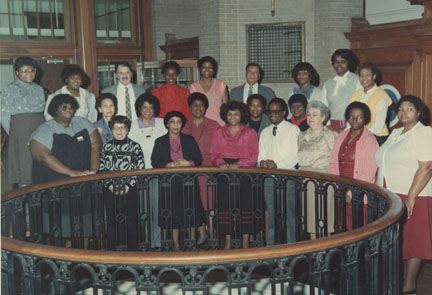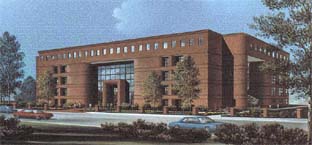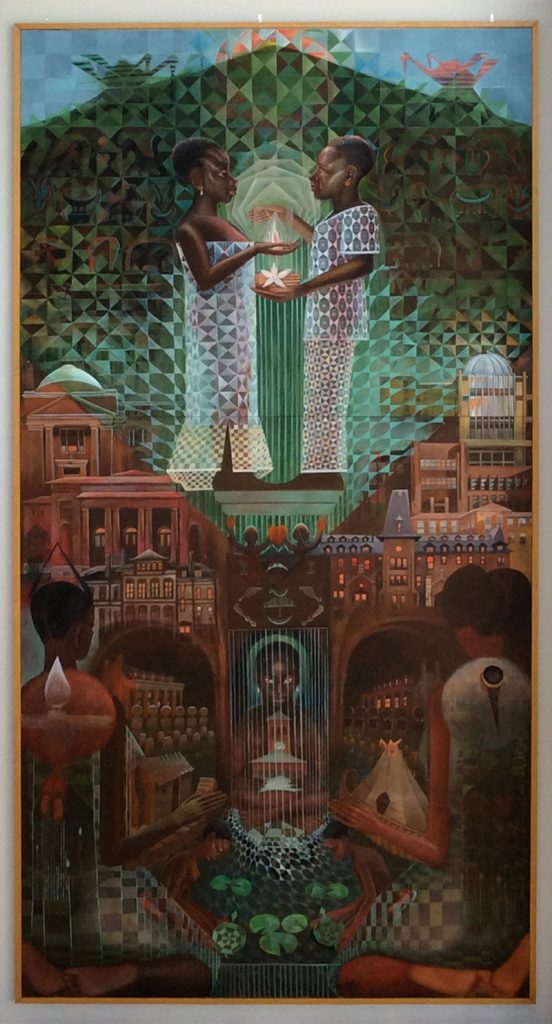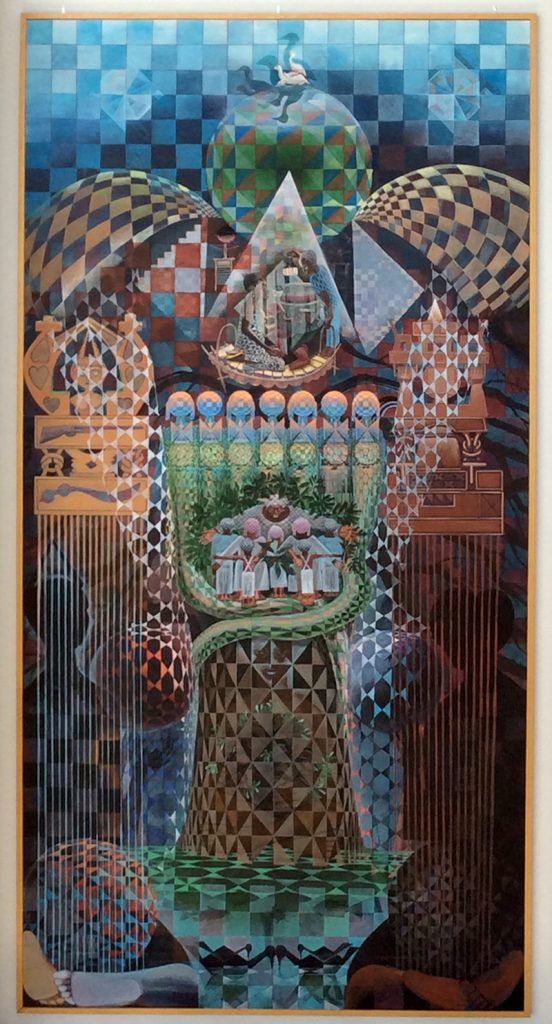Library Hours: Monday – Thursday 8 am – 1 am | Friday 8 am – 5 pm | Saturday 9 am – 5 pm | Sunday 2 pm – 1 am
ATTENTION
New Authentication Method for Database Access
The Authentication Process Must Be Completed Using an Active Cellphone
To login to the library databases, you must set up your Microsoft 365 account if you have not done so.
Please click the link below to create your profile.
Please complete library orientation using this link:
 |  |  |  |  |  |  |
| Circulation Desk | Computers | Government Doc. | Group Study Room | Photocopier | Pirate Power | Printer |
 |  |  |  |  |  |
| Reference Books | Reference Desk | Vending Machines | Elevator | Restrooms | Stairs |
 |  |  |  |  |  |  |
| Audiovisual Material | Books | Computers | DVD Viewing Room | Indexes | Microforms | Periodicals |
 |  |  |  |  |  |  |
| Periodicals Desk | Photocopier | Printer | Study Carrel | Elevator | Restrooms | Stairs |
 |  |  |  |  |
| Books | Group Study Room | Peabody Books | Peabody Desk | Photocopier |
 |  |  |  |
| Study Carrel | Elevator | Restrooms | Stairs |
 |  |  |  |  |  |  |
| Books | Faculty Carrel | Group Study Room | Study Carrel | Elevator | Restrooms | Stairs |
Your valid HU ID card is your library card. Go to the Circulation Desk to activate your account at the beginning of each semester.
| USER | BOOK | DVD |
|---|---|---|
| Undergraduates | 15 items | 4 items |
| HU Staff | 15 items | 4 items |
| Honors Program Undergraduates | 30 items | 4 items |
| Graduate Students | 30 items | 4 items |
| Faculty | 30 items | 4 items |
| Administrators | 30 items | 4 items |
| Alumni | 4 items | 4 items |
| VTCBorrowers | 4 items | 4 items |
| ITEM | PERIOD |
|---|---|
| Book | 30 days |
| DVD | 14 days |
| Course Reserve | 2 hours |
| Government Document | 14 days |
The Libraries support the university by helping to promote excellence in learning, research and teaching. This is achieved through providing access to a wide array of information resources, services and facilities.




House of the Turtle and Treehouse
On Founder’s Day, Sunday, January 26, 1992, Hampton University unveiled two murals created by Dr. John Biggers, painter, sculptor, printmaker, muralist, and educator. The unveiling was on the occasion of the dedication of the William R. and Norma B. Harvey Library.
Each mural is a 20’ x 10’ panel and hangs in the atrium of the library. Facing the elevators the left panel is entitle House of the Turtle. The right panel is entitled Tree House. The works represent the past and future of Hampton University. The paintings are a metaphor for the human experience of growing, learning, thinking, and the development of sensitivity and responsibility.
Dr. Biggers dedicated the murals to women. Both panels illustrate the strength of the Great Mother. On the lower left side of House of the Turtle stands an African mother with a child on her back and the sun rising off her shoulders. On the lower left-hand side, a Native American Indian mother is standing with her child on her back and the moon rising off her shoulders. In the center of these two women is an African American Church Mother sitting with the Hampton University Chapel resting on her lap. Supporting the Church Mother is a turtle, representing water, the source of creation, consistency, and dependability.
Dr. Biggers said, “When General Armstrong chose this place to start Hampton, he knew it was a fertile way of life because it is near the water. Water is the symbol of creation and the source of all life.”
Throughout House of the Turtle, many buildings on campus are illustrated through patchwork painting. On the left, the Academy Building rests at the top representing the epitome of knowledge. On the right, Turner Hall, representing an observatory, rises above Virginia Cleveland Hall and Armstrong Slater hall. Dr. Biggers is quoted saying that, “… the observatory gives students the ability to look out into the world.”
At the very top of this panel is a boy and girl. The girl is holding a flame of light in her right hand and the boy is protecting the light. “By their senior year at Hampton, they should have reached a pinnacle and there should be a complete relationship between the boy and girl. They both should be prepared to go out into the world,” said Biggers. At the very top of this panel, the sun rises over the students.
The second panel, to the right of the elevator, is Tree House, a vision of the future. The African and Native American women in silhouette are holding the sun and moon respectively. Their children appear in a great family, and in a choir before the huge, veiled figures. The trunk of the Emancipation Oak provides a home for the Great Mother who holds a “family” of acorns in her hands. Above, the female student, depicted as a girl in the House of the Turtle, has become a woman kneeling before the sacred African drum, representing knowledge. The male student, represented as a boy in the first panel, has become an elder and he holds the light, which reveals the secrets of the drum. Above them is the green earth, a reminder of our responsibility to the future.
Dr. Biggers said that, “The oldest symbol of the Great Mother is the tree; the Great Mother is the tree of Life.”
The artist worked on the panels for fourteen months in a studio on campus. Upon completion, the murals were transferred to their permanent home in the Harvey Library, where they serve as an inspiration to generations of Hampton University student and friends.
About the artist:
Dr. John Biggers began his formal training as an artist in 1941 at Hampton Institute, where he enrolled in art course taught by renowned art educator Viktor Lowenfeld. Mr. Lowenfeld was the Art Department chairperson at the time. Under Lowenfeld’s guidance and the motivating influence of the Harlem Renaissance, Biggers began to study the University’s collection of African art, that had been established at Hampton in the late nineteenth century.
Biggers developed a special relationship with Lowenfeld and followed his instructor and friend to Pennsylvania State University where he received the Bachelor of Science and the Master of Science degrees in 1948, and the Ph.D. in 1954.
In 1957, Biggers was awarded a UNESCO Fellowship and became one of the first African American artists to go to West Africa and study traditional cultural patterns, He chronicled his reactions to the journey in his award-winning book, Ananse, The Web of Life.
Dr. Biggers was the founder and the head of the Art Department at Texas Southern University from 1949 until his retirement in 1983. He held the rank of Distinguished Professor from 1967 to 1983. His other honors and achievements include numerous distinguished teaching awards, one person exhibitions, and mural commissions. His art is collected privately by universities and numerous museums, including the Hampton University Museum and the Smithsonian Institution’s National Museum of American Art.